
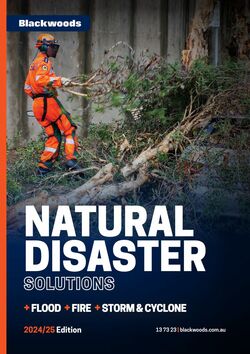
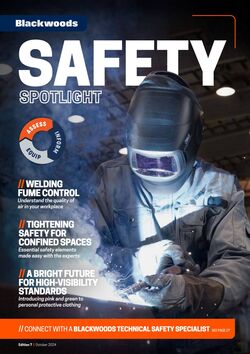
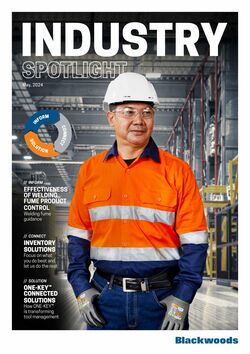

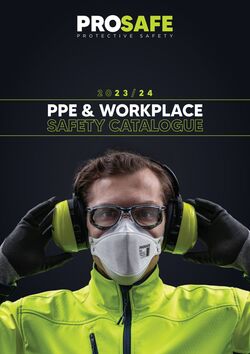
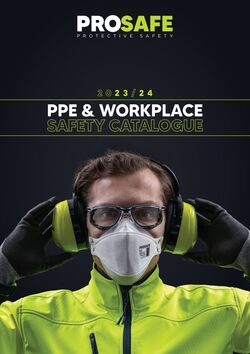
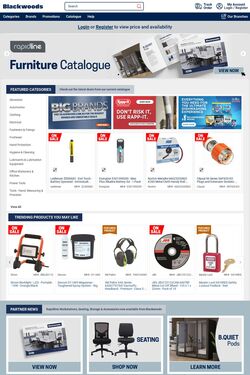
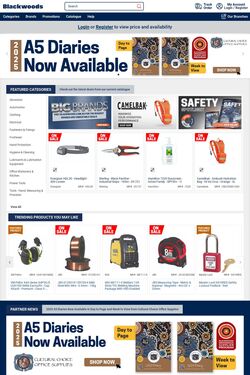
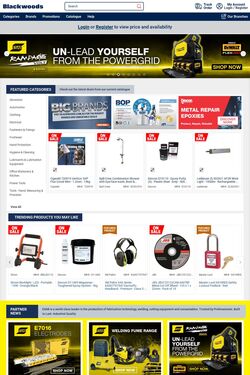
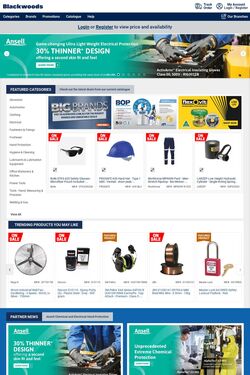
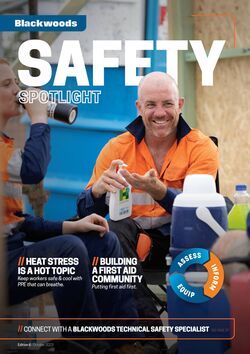
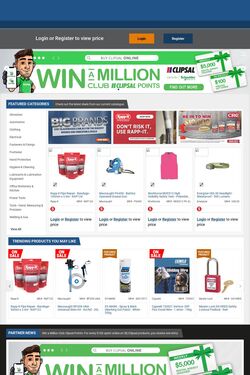
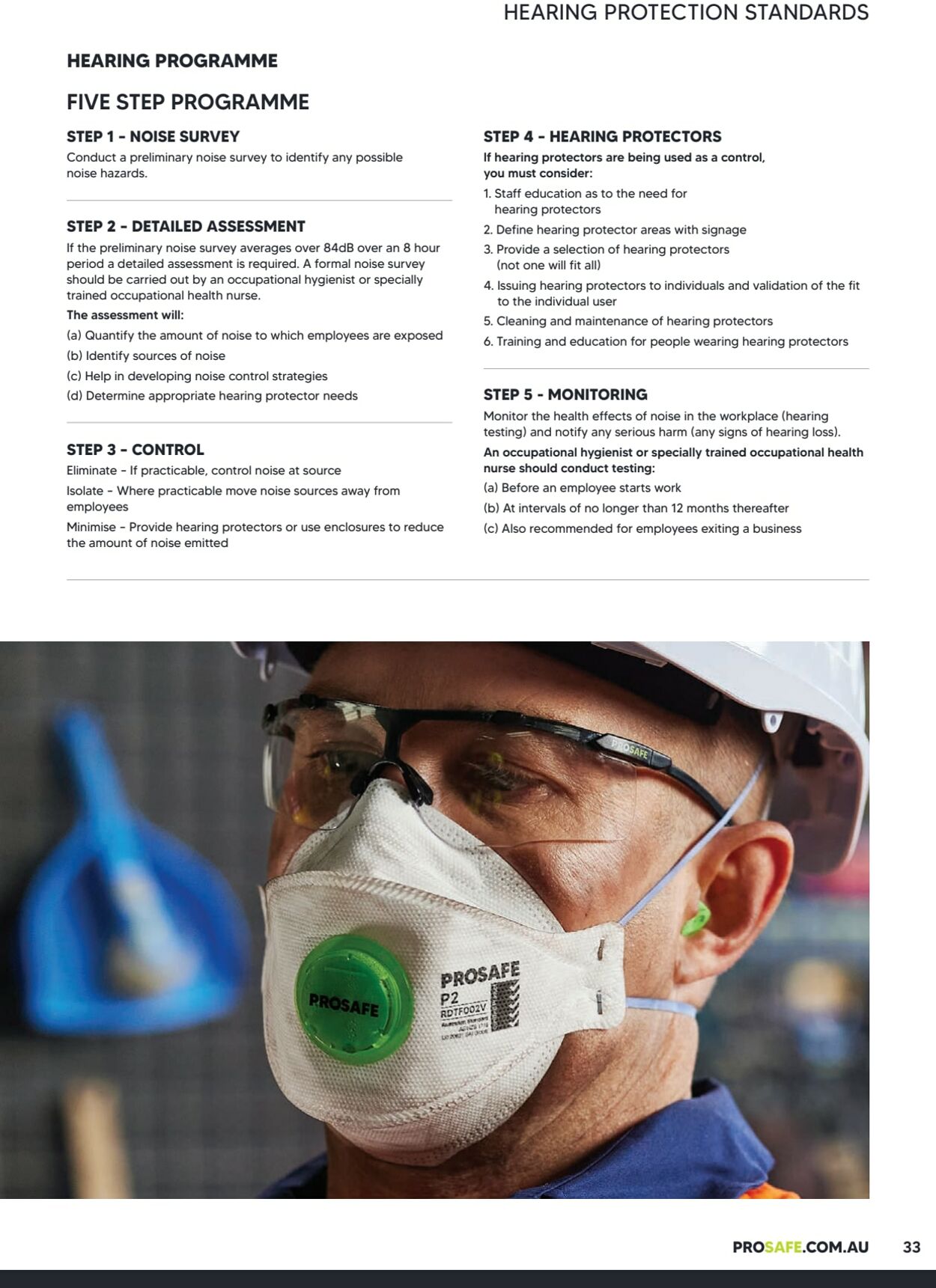
Products in this catalogue
HEARING PROGRAMME FIVE STEP PROGRAMME STEP 1 - NOISE SURVEY Conduct a preliminary noise survey to identify any possible noise hazards. STEP 2 - DETAILED ASSESSMENT If the preliminary noise survey averages over 84dB over an 8 hour period a detailed assessment is required. A formal noise survey should be carried out by an occupational hygienist or specially trained occupational health nurse. The assessment will: (a) Quantify the amount of noise to which employees are exposed (b) Identify sources of noise (c) Help in developing noise control strategies (d) Determine appropriate hearing protector needs STEP 3 - CONTROL Eliminate - If practicable, control noise at source Isolate - Where practicable move noise sources away from employees Minimise - Provide hearing protectors or use enclosures to reduce the amount of noise emitted HEARING PROTECTION STANDARDS STEP 4 - HEARING PROTECTORS If hearing protectors are being used as a control, you must consider: 1, Staff education as to the need for hearing protectors 2. Define hearing protector areas with signage 3. Provide a selection of hearing protectors (not one will fit all) 4. Issuing hearing protectors to individuals and validation of the fit to the individual user 5. Cleaning and maintenance of hearing protectors 6. Training and education for people wearing hearing protectors STEP 5 - MONITORING Monitor the health effects of noise in the workplace (hearing testing) and notify any serious harm (any signs of hearing loss). An occupational hygienist or specially trained occupational health nurse should conduct testing: (a) Before an employee starts work (b) At intervals of no longer than 12 months thereafter (c) Also recommended for employees exiting a business PRO: .COM.AU 33
| Name | Details |
|---|